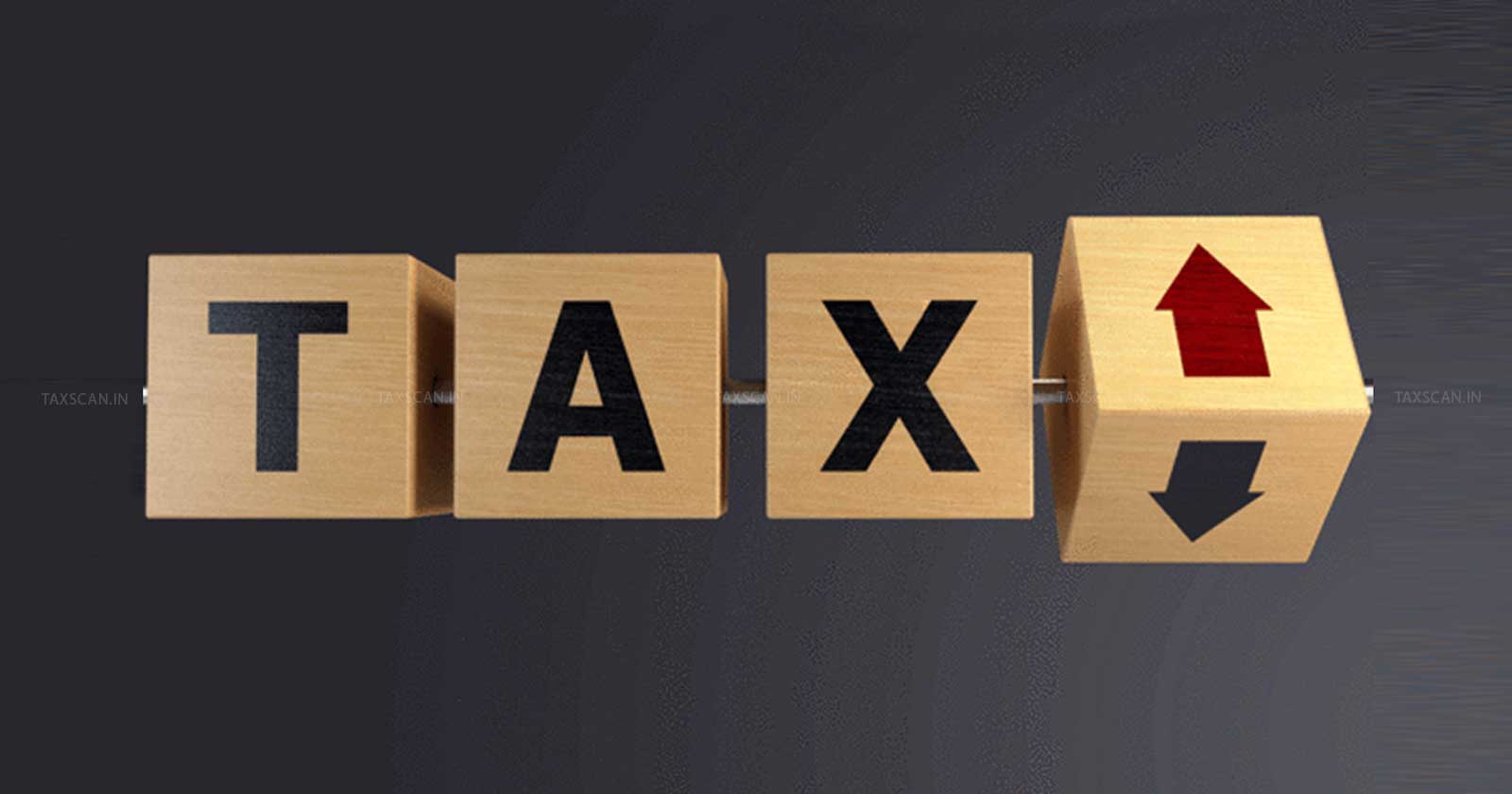Marginal Relief as per Budget Proposals: Calculations and Limits under Income Tax
Among the key highlights of this budget is the introduction of marginal relief for individual taxpayers under the new tax regime, aimed at providing relief to those with incomes marginally above Rs.12 lakh

The Union Finance Minister Nirmala Sitharaman is presenting her record eighth Union Budget - 2025 in Parliament amid high hopes of tax relief. Delivering the first full budget of the Third Narendra Modi-government, Nirmala Sitharaman has become the only finance minister to present the Union Budget for eight consecutive times.
Among the key highlights of this budget is the introduction of marginal relief for individual taxpayers under the new tax regime, aimed at providing relief to those with incomes marginally above Rs.12 lakh.
[BREAKING] No Income Tax upto Rs. 12 Lakh Income, proposes FM during Budget 2025
What is Marginal Relief?
Marginal relief is a provision designed to ensure that individuals with incomes slightly above the threshold of Rs.12 lakh do not end up paying disproportionately higher taxes. Under the new tax regime (Section 115BAC(1A)), marginal relief is available to resident individuals whose income exceeds Rs.12 lakh but remains within a specified limit.
How Does Marginal Relief Work?
For example, consider an individual with an income of Rs.12,10,000. Without marginal relief, the tax liability would be calculated as follows:
- Rs.0–4 lakh: Nil (basic exemption)
- Rs.4–8 lakh: 5% of Rs. 4 lakh = Rs.20,000
- Rs.8–12 lakh: 10% of Rs.4 lakh = Rs.40,000
- Rs.12–12.10 lakh: 15% of Rs.10,000 = Rs.1,500
- Total Tax: Rs.61,500
However, with marginal relief, the taxpayer pays only the amount by which their income exceeds Rs.12 lakh. In this case, the tax liability is reduced to Rs.10,000, ensuring that the individual’s take-home pay remains Rs.12 lakh.
Calculation of Marginal Relief
- Compute the tax liability as per slab rates.
- Compare the tax liability with the amount by which the income exceeds Rs.12 lakh.
- Deduct the excess income from the tax liability to determine the marginal relief.
For instance, if the income is Rs.12,10,000:
- Tax without relief: Rs.61,500
- Excess income: Rs.10,000
- Marginal relief: Rs.61,500 – Rs.10,000 = Rs.51,500
- Final tax payable: Rs.10,000
Know the New Income Tax Slabs and Rates Proposed by FM in Budget 2025-2026
Limits for Marginal Relief
Marginal relief is applicable up to an income of approximately Rs.12,75,000. Beyond this limit, the relief ceases to apply, and taxpayers must pay the full tax as per the slab rates.
Difference Between Rebate and Marginal Relief
- Rebate: Available for taxpayers with income up to Rs.12 lakh, reducing their tax liability to zero.
- Marginal Relief: Ensures that taxpayers with income marginally above Rs.12 lakh do not pay tax exceeding the amount by which their income surpasses the threshold.
In Conclusion, the introduction of marginal relief in Budget 2025 is a progressive step to ensure fairness in the tax system, particularly for middle-income earners. By capping the tax liability for individuals with incomes marginally above Rs.12 lakh, the government aims to provide relief and encourage compliance under the new tax regime. This measure reflects the government’s commitment to simplifying the tax structure and reducing the burden on taxpayers.
To Read the full text of the Finance Bill CLICK HERE
Support our journalism by subscribing to Taxscan premium. Follow us on Telegram for quick updates


